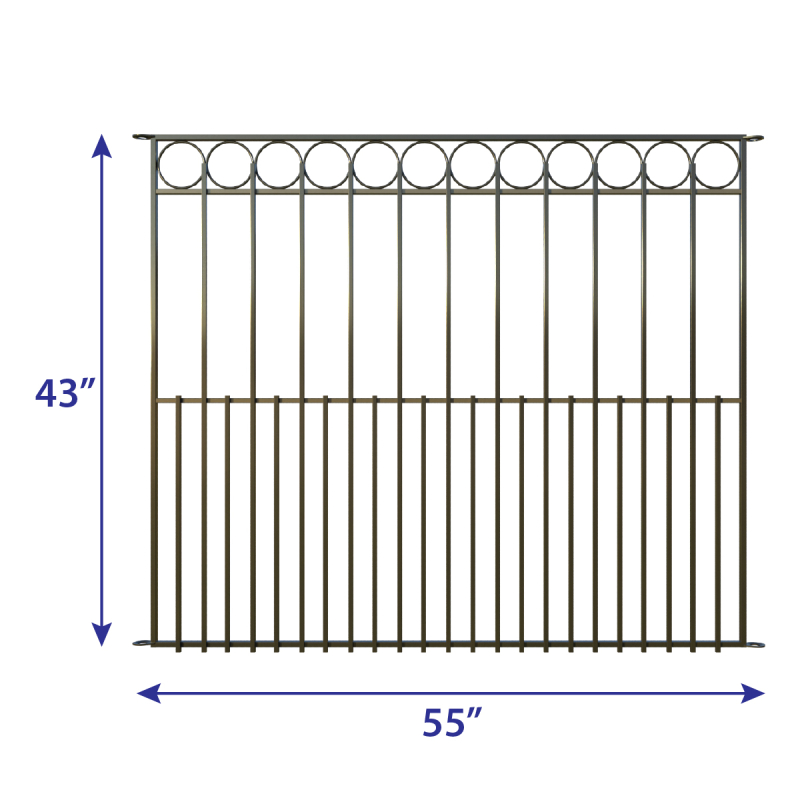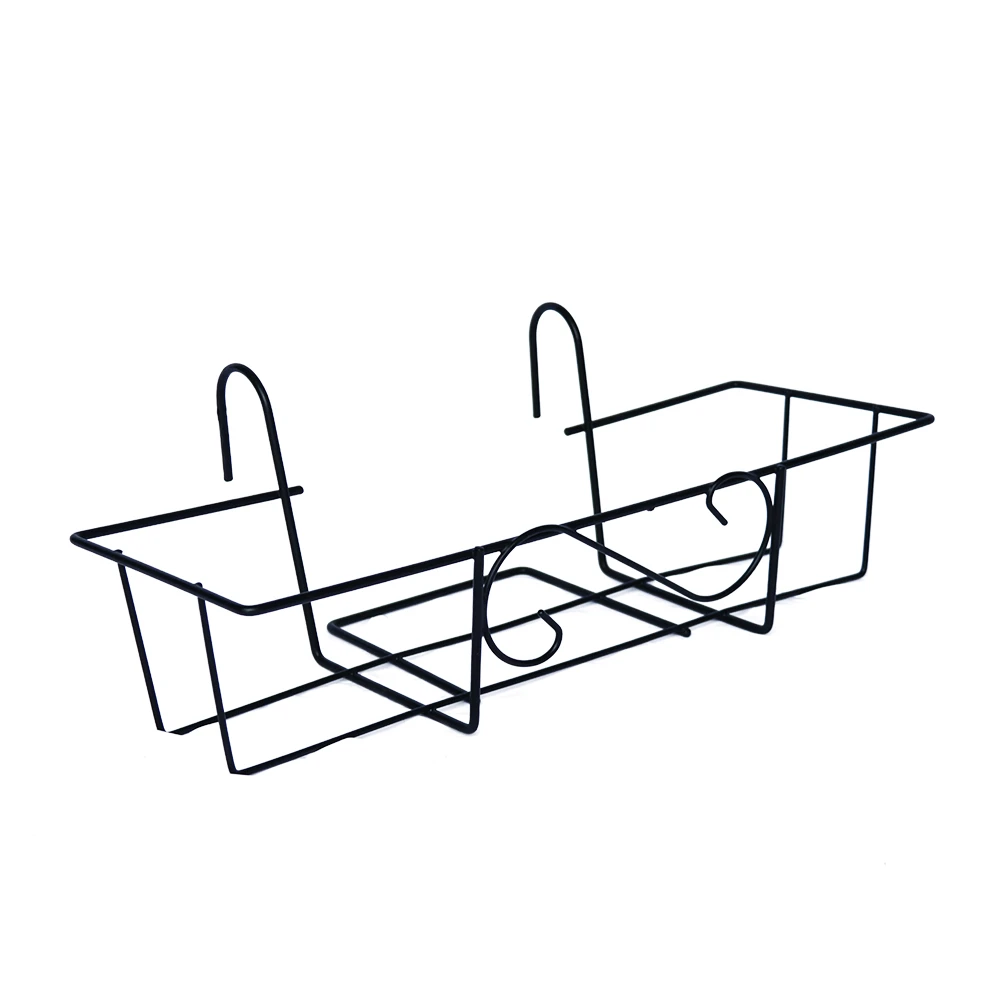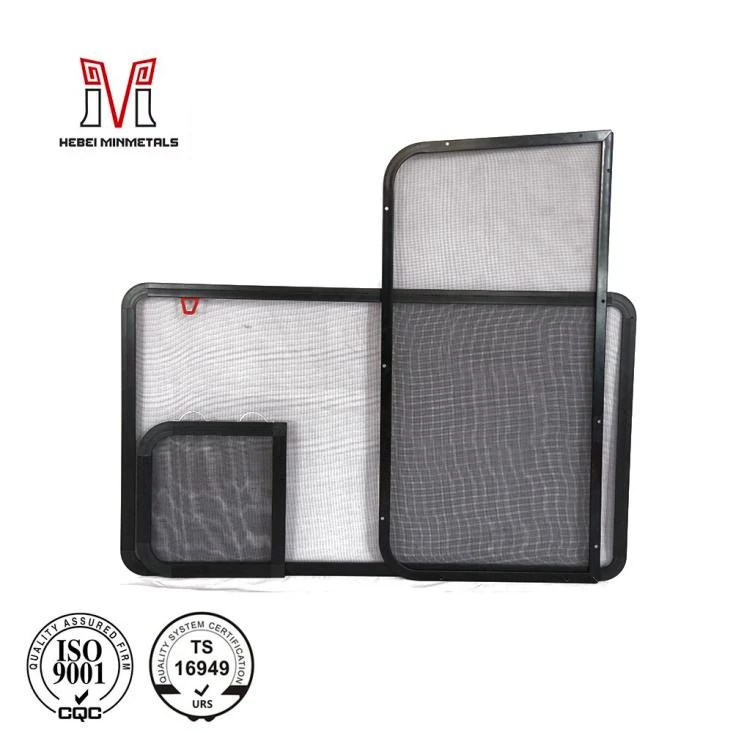tomato cage for eggplant
Dez . 11, 2024 11:28
The Innovative Tomato Cage for Eggplants A Gardener’s Ally
Gardening enthusiasts often find themselves in a constant battle against the elements and pest invasions while trying to cultivate the perfect harvest. For those growing crops like tomatoes and eggplants, having the right support systems can make a significant difference in the health and yield of the plants. One solution that has gained popularity is using tomato cages for eggplants. This article explores the benefits, considerations, and construction methods of tomato cages specifically tailored for eggplants.
Understanding the Eggplant Plant Structure
Eggplants, or aubergines as they are known in some regions, are part of the nightshade family and can grow quite tall and bushy. Their fruit, which can be heavy depending on the variety and size, grows on erect stems that may require additional support as they mature. Without proper support, eggplants can suffer from physical stress, leading to broken branches or sunken fruit that may rot if it rests on moist soil. This is where a tomato cage comes into play.
Benefits of Using Tomato Cages for Eggplants
1. Support and Stability Tomato cages provide resilience against wind and rain. The delicate stems of eggplants often need help, especially when the fruits begin to swell. Caging helps maintain the plant’s structure, allowing it to grow upright.
2. Improved Airflow Good airflow is essential to prevent fungal diseases. When plants are sprawled on the ground, moisture can accumulate around the leaves, increasing the risk of rot and other issues. A tomato cage elevates the plant, allowing air circulation and sunlight to reach all parts of the plant.
3. Easier Harvesting As eggplants grow, they can become hard to spot among the foliage if they are not properly supported. A cage allows the fruit to be more accessible, making harvesting easier and less time-consuming.
4. Pest Deterrence Elevated plants are less likely to incur pest damage from ground dwelling insects. A cage can also make it more challenging for larger pests, like rabbits and deer, to access the plants.
5. Space Efficiency For home gardeners who often face space constraints, growing eggplants vertically can free up ground space for other plants. Tomato cages enable gardeners to make better use of their growing area, whether in a backyard or on a patio.
Considerations for Using Tomato Cages
While tomato cages offer numerous benefits, there are a few considerations before incorporating them into your gardening routine
tomato cage for eggplant

- Size of Cage Choose a sturdy cage that is tall enough to accommodate the expected height of your eggplants
. The standard tomato cages can vary widely in size, so selecting a taller variant or modifying one to suit your eggplants might be necessary.- Material Matters Ensure the cage is made from durable materials that can withstand the weight of the eggplants as they grow. Metal cages tend to last longer than plastic ones, and they can often be reused for multiple growing seasons.
- Timing for Installation It’s usually best to set up the cage when planting the seedlings, or shortly after. This minimizes disruption to the plant's roots and ensures the health of the eggplant during its critical early growth phase.
Constructing Your Own Tomato Cage
For those inclined towards DIY projects, making your own tomato cage can be a rewarding task. Here's a simple guide
1. Materials Needed You will need galvanized wire or steel fencing material, wire cutters, and gloves for protection.
2. Determine the Size A good height for an eggplant cage is around 4-5 feet with a diameter of 2-3 feet.
3. Cut the Wire Measure and cut sections of wire to create a circular frame that can be folded into a cage.
4. Form the Cage Bend the cuts into circular shapes and secure them with additional wire to form a strong structure.
5. Placing the Cage Install the cage around the eggplant plant, ensuring it is driven securely into the ground for maximum stability.
Conclusion
Using tomato cages for eggplants is a simple yet effective way to enhance the health, yield, and ease of harvesting this popular vegetable. By providing the necessary support and protection, gardeners can enjoy a bountiful harvest of robust, healthy eggplants. Whether you opt for store-bought cages or choose to build your own, integrating this strategy into your gardening repertoire is sure to yield fruitful results. Happy gardening!









 Unity
Unity Creation
Creation Challenge
Challenge Contribution
Contribution










